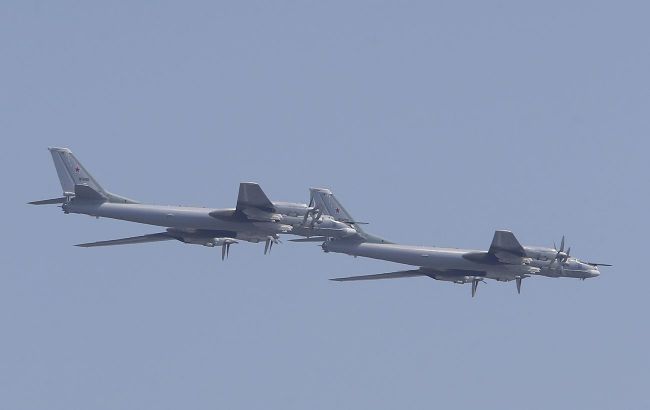Russia losing its best missiles in launches - UK intelligence
 Russia losing its best missiles in launches (Getty Images)
Russia losing its best missiles in launches (Getty Images)
Russia lost its best missile during the launch. The malfunction could have been caused by production problems as a result of sanctions, according to the UK Ministry of Defense.
According to the summary, photos from open sources dated March 31 show fragments of a missile that fell in a field in the Saratov region in southern Russia. Initially, it was thought to be parts of a Ukrainian drone, but a more thorough examination revealed that the fragments are most likely pieces of the Russian air-launched cruise missile AS-23a KODIAK (NATO name for Kh-101 and Kh-102 missiles).
According to British intelligence, it is likely that the fragments are a result of a malfunction of the KODIAK missile launched towards Ukraine earlier that morning. The Saratov region is a well-known launch site for Russian long-range aviation bombers and the base of the Engels airbase, where several bombers are stationed.
"The AS-23a KODIAK is Russia's premier precision guided munition, with a range of approximately 4,000 km. It has been used extensively against Ukraine, most recently targeting energy infrastructure across the country. The highly likely malfunction of such a prestigious missile indicates issues in its production, likely impacted by sanctions and being rushed to meet the demands of conflict," the British Ministry of Defense notes.
Missile strikes
According to Ukraine's Defense Intelligence, the Russian army used recently manufactured missiles during mass strikes on Ukraine's energy sector. Estimates suggest that Russia has enough missiles for another one or two major attacks in the coming weeks.
Russia is employing a new tactic for energy strikes. Moscow has begun planning attacks more meticulously and creatively. Russians have reduced the interval between strikes and are combining various means of attack. The initial wave consists of Shahed drones, followed by Kh-101 missiles, S-300 missiles, and a significant portion of ballistic and supersonic missiles, including Iskander-M, Kh-22, and Kinzhals.

